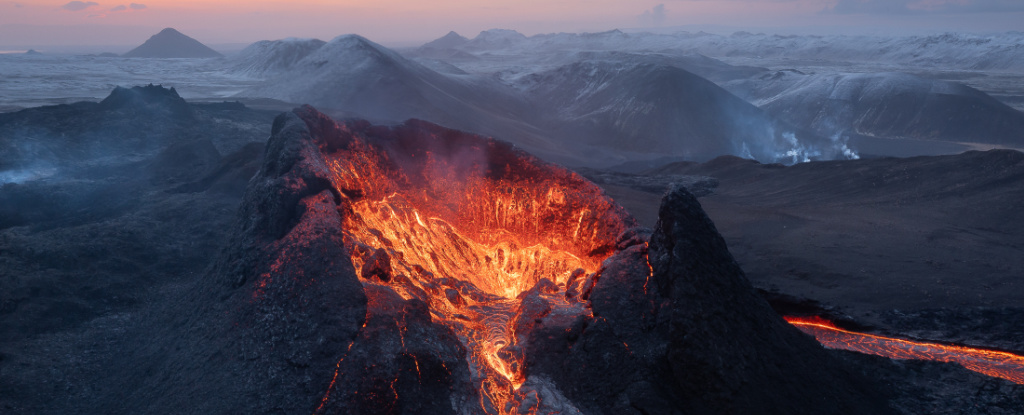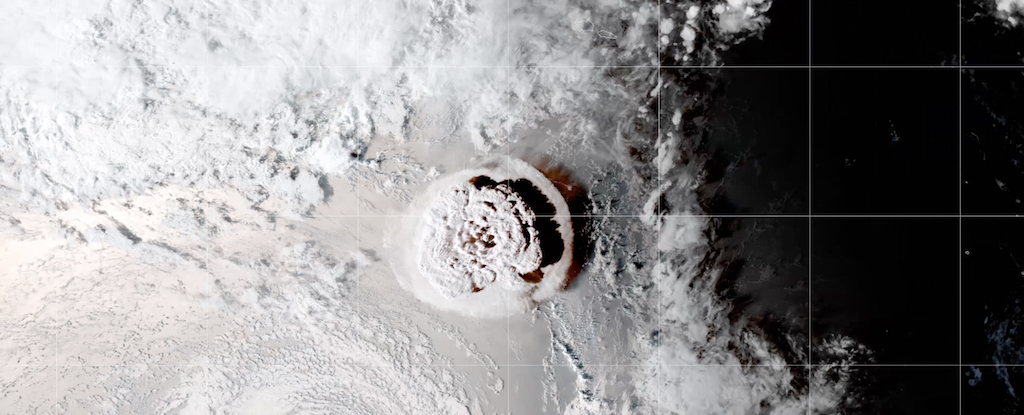The connection between ancient volcanic eruptions and the most severe extinction event the world has ever seen just got stronger. A new analysis of mercury Isotope has provided evidence that a quarter of a billion years ago, distant places in Earth’s southern hemisphere were covered with debris from volcanic eruptions in Siberia.
The so-called great dying, also called the Mass extinctions in the Permian-Triassicfollowed where most life was wiped out under an ash filled sky.
While it’s clear how things ended — with the loss of more than 90 percent of marine species and over 70 percent of terrestrial vertebrates — our understanding of how Earth’s greatest extinction event unfolded remains somewhat murky, despite geologists’ best efforts .
By assembling chemical traces trapped in rocks and marine sediments, geoscientists are fairly confident that a series of volcanic eruptions triggered a cascade of dramatic changes in Earth’s atmosphere and oceans eventually suffocated animals.
But an extinction event as big as that Big Dying also needs a fairly solid case before geoscientists can definitively say what caused it and when it happened. After all, they blink back in time around 252 million years.
In previous research, zinc and nickel have been used to link changes in ocean chemistry to massive volcanism and loss of marine life. But these elements, unlike isotopes, are recycled on the Earth’s surface mercury which provide a far more stable signal of volcanic activity.
Also, many studies of this mass extinction have focused on locations from the northern hemisphere, making it difficult to understand the effects of volcanism on the Earth’s underside. This is significant as increasing evidence suggests that the Great Extinction was not a single deadly event, but rather multiple extinction episodes that happened in waves over a hundred thousand years.
So China University of Geosciences paleoclimatologist Jun Shen and his colleagues set out to make the discovery mercury Isotopes in rock deposits at two locations in the Southern Hemisphere: the Karoo Basin in south-central Africa and the Sydney Basin on the east coast of Australia.
At the time of the Great Dying, the basins were united into what is known as a supercontinent Pangea, but are now separated by about 10,000 kilometers (6,200 mi) and the Indian Ocean. The researchers found almost identical patterns in them: mercury Isotopes peaked at the end of the Permian.
This evidence – from the farthest terrestrial sites yet found of the Siberian traps, the gigantic lava flows formed by the epoch-ending volcanoes in question – suggests mercury was blasted out of volcanoes in the northern hemisphere and swept across the globe, the researchers say.
“It turns out that volcanic emissions from mercury have a very specific isotopic composition mercury accumulated on the extinction horizon”, explained University of Connecticut study author and geologist Tracy Frank.
“If we know the age of these deposits, we can more definitely link the timing of the extinction to this massive eruption in Siberia.”
Your work fits Signals from sulfur isotopes coincides with and builds on the Great Dying past research suggesting that mass extinctions on land began up to 600,000 years before sea life last breathed.
“This suggests that the event itself was not just a big hit that happened immediately,” explained Christopher Fielding, another geologist at the University of Connecticut.
“It wasn’t just a very bad day on Earth, so to speak, it took some time to build up, and that flows well into the new results because it suggests volcanism was the main cause.”
The researchers concede that pinpointing the direct cause of the great extinction is not easy. clouds of ash Volcanic eruptions in southern China are also involved in the carnage alongside the Siberian traps.
So as you attempt to reconstruct the sequence of events that led to Earth’s Greatest Extinction, perhaps a more striking message is the fragility of life on a violent planet now under the pressure of many of the same climatic changes: rising temperatures and greenhouse gases.
The research was published in nature communication.





